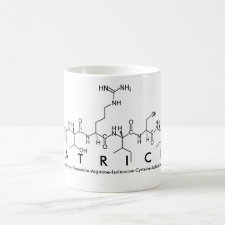
Authors: Díaz-Bao M, Barreiro R, Miranda JM, Cepeda A, Regal P
Article Title: Recent Advances and Uses of Monolithic Columns for the Analysis of Residues and Contaminants in Food.
Publication date: 2015
Journal: Chromatography
Volume: 2
Issue: (1)
Page numbers: 79-95.
DOI: 10.3390/chromatography2010079
Alternative URL: http://www.mdpi.com/2227-9075/2/1/79/htm
Abstract: Monolithic columns are gaining interest as excellent substitutes to conventional particle-packed columns. These columns show higher permeability and lower flow resistance than conventional liquid chromatography columns, providing high-throughput performance, resolution and separation in short run times. Monoliths possess also great potential for the clean-up and preparation of complex mixtures. In situ polymerization inside appropriate supports allows the development of several microextraction formats, such as in-tube solid-phase and pipette tip-based extractions. These techniques using porous monoliths offer several advantages, including miniaturization and on-line coupling with analytical instruments. Additionally, monoliths are ideal support media for imprinting template-specific sites, resulting in the so-called molecularly-imprinted monoliths, with ultra-high selectivity. In this review, time-saving LC columns and preparative applications applied to the analysis of residues and contaminants in food in 2010–2014 are described, focusing on recent improvements in design and with emphasis in automated on-line systems and innovative materials and formats.
Template and target information: Review - monolithic columns for residue analysis in food
Author keywords: monolith, solid-phase, MIP, chromatography, food, residues, contaminants



Join the Society for Molecular Imprinting

New items RSS feed
Sign-up for e-mail updates:
Choose between receiving an occasional newsletter or more frequent e-mail alerts.
Click here to go to the sign-up page.
Is your name elemental or peptidic? Enter your name and find out by clicking either of the buttons below!
Other products you may like:
 MIPdatabase
MIPdatabase









